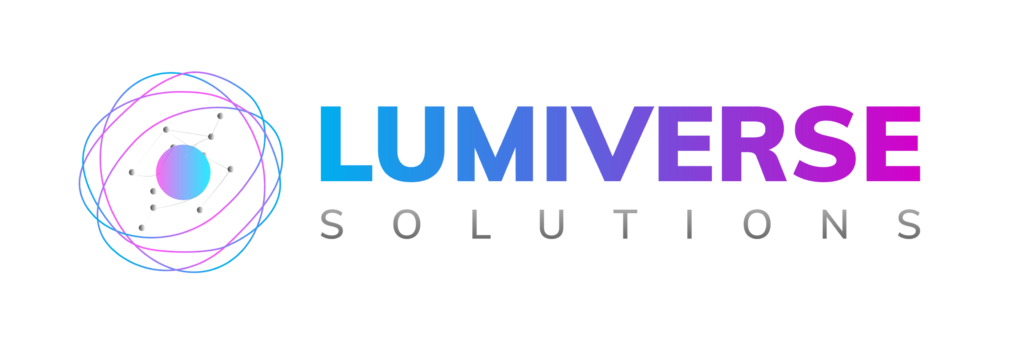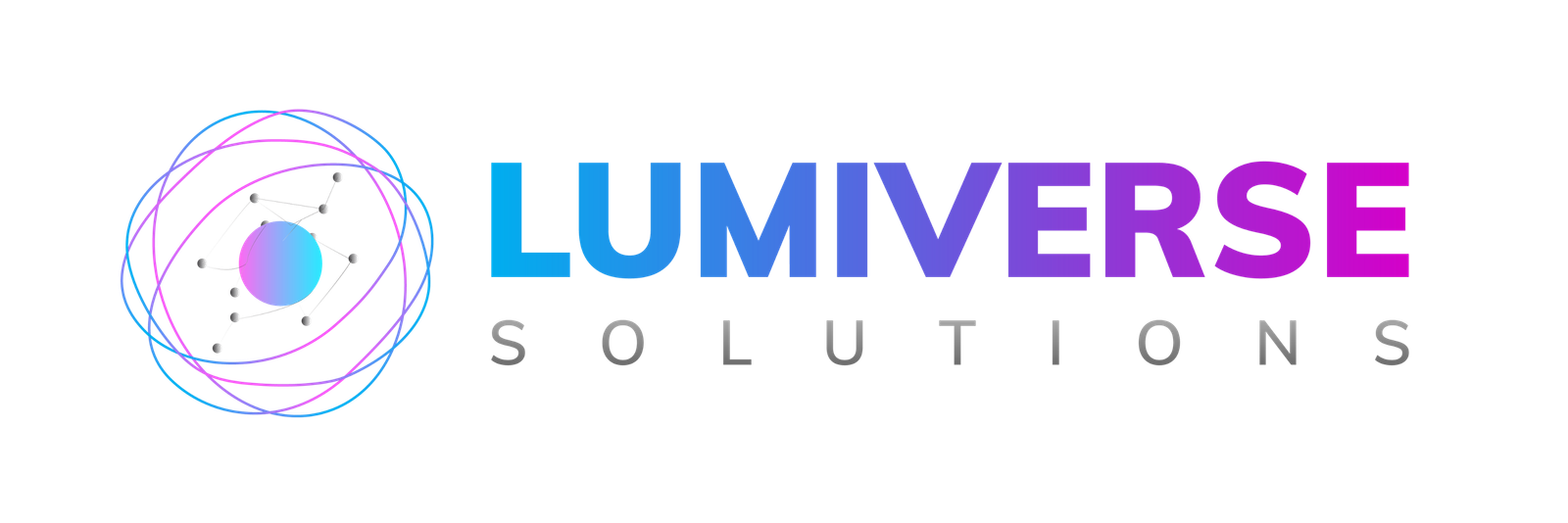Dark Pattern Solutions For Ethical UI/UX Know It All
Dark Pattern Solutions For Ethical UI/UX Know It All Design persuades but it mustn’t deceive. As India’s digital market grows, more users are spotting design tactics that push them into unintended choices. These manipulative UI patterns known as dark patterns may lift short-term metrics, but they damage trust, invite regulatory action and harm long-term growth. This guide shows practical, ethical alternatives that protect users and strengthen brands. What are dark patterns? Dark patterns are interface choices crafted to benefit the business at the user’s expense. They include hidden add-ons, pre-checked subscriptions, fake scarcity, and intentionally confusing cancellation flows. While they can increase conversion momentarily, they erode credibility and are now in regulatory focus across India. Dark patterns vs ethical UI/UX — quick comparison Aspect Dark Pattern Ethical Design Practice Transparency Costs or conditions hidden until checkout Full disclosure of price, fees and data use upfront User choice Pre-selected consents and auto opt-ins Clear, voluntary opt-ins and visible toggles Language Emotionally manipulative copy Honest, factual messaging Cancellations Multi-step unsubscribe traps One-click, obvious opt-out Data sharing Implicit or disguised consent Explicit, contextual opt-in for each use Goal Maximise short-term conversions Build trust, retention, and quality leads Need a rapid security assessment? Book a VAPT or set up 24×7 SOC monitoring with Lumiverse. Talk to an Expert How to move from manipulation to ethical UX Ethical design is a mindset. Start by prioritising clarity, user control and accessibility. Practically: Design for informed consent: use clear labels, visible toggles and avoid burying permissions in long policy text. Simplify opt-outs: if subscribing is one click, make unsubscribing equally simple. Remove false urgency: use concrete dates or stock counts; don’t manufacture panic. Make accessibility standard: readable fonts, sufficient contrast and keyboard-friendly flows improve trust for everyone. Audit regularly: schedule quarterly UX ethics checks so small changes don’t drift into manipulative territory. Business benefits of ethical design Ethical UX isn’t a cost it’s an investment. Transparent experiences reduce churn, attract better-quality leads, strengthen compliance posture and generate word-of-mouth referrals. In short: honesty converts better over time. At Lumiverse Solutions, our audits include an Ethical Design Check aligned to India’s regulatory guidance and international best practices. We also pair UX work with security and compliance advice — see our pieces on RBI’s .bank.in directive, cybersecurity for banks, and AI-driven phishing protection. Final thoughts Dark patterns may look like growth hacks — but they’re short-lived. Ethical UI/UX preserves customer trust, lowers risk, and builds sustainable growth. Make transparency a design requirement, not an afterthought, and your UX becomes a competitive advantage. Frequently Asked Questions — Dark Patterns in India Q1. What are dark patterns in digital interfaces? Dark patterns are deceptive design tactics used by websites or apps to manipulate user choices —such as tricking them into subscriptions, sharing data, or buying unintentionally. They harm transparency and trust. Q2. Which authority regulates dark patterns in India? The Central Consumer Protection Authority (CCPA) enforces guidelines on dark patterns. The 2023 guidance identifies deceptive practices and expects platforms to remove such UI tactics. Q3. What penalties exist for using dark patterns? Penalties can include fines, product takedowns or orders to remove deceptive UX. Reputational damage and user churn are common non-regulatory consequences. Q4. How often should we audit our UX for dark patterns? Quarterly UX ethics audits are recommended. Also run an audit after major product changes or marketing campaigns that introduce new flows or prompts. Q5. How can Lumiverse Solutions help? We provide Ethical Design Audits, UI/UX redesigns, and compliance alignment with CCPA, MeitY and global standards — helping you replace dark patterns with user-first design. Explore more insights: VAPT & Penetration Testing SOC & Incident Response Cybersecurity Blogs Need a rapid security assessment? Book a VAPT or set up 24×7 SOC monitoring with Lumiverse. Talk to an Expert Recent Posts November 1, 2025 Top 10 VAPT Best Practices for 2025: What Organisations Should Be Doing Now October 29, 2025 How to Get STQC GIGW 3.0 Certification | Complete Audit & Compliance Process Explained October 22, 2025 RBI’s Compliance Crackdown: What Co-op Banks Can Learn from Recent Penalties October 6, 2025 Nashik Cyber Fraud: Fake E-Challan App Targets Bank & WhatsApp Users September 23, 2025 CERT-In Mandates Annual Cybersecurity Audits for MSMEs in India September 2, 2025 Top 5 Cloud Security Risks in 2025: How to Protect Your Business in the Cloud August 11, 2025 SEBI Extends Cybersecurity Compliance by Two Months Know It All August 7, 2025 What Is .bank.in Domain? RBI’s New Mandate Explained July 14, 2025 Dark Pattern Solutions For Ethical UI/UX Know It All July 8, 2025 Dark Pattern Guidelines 2023: What Every Indian Business Must Know Categories Cyber Security Security Operations Center Cloud Security Case Study Technology Trends Vulnerability Assessment & Penetration Testing (VAPT) Buy our VAPT services to identify vulnerabilities, simulate real-world attacks, and strengthen your systems against cyber threats effectively. Buy Now Important Subscribe to our Research Enter your email address to subscribe to Lumiverse Research and receive notifications of new posts by email. Tell Us Your Opinion We value your perspective! Share your thoughts, feedback, or questions below. Your opinion matters and helps create a richer, more engaging conversation. Let’s connect and hear what you think about this post! INTRODUCTION With today’s digital world, users are becoming increasingly skeptical regarding manipulative design, otherwise known as dark patterns deceptive interfaces that trick users into doing things they don’t even notice. What if your interface could be transparent and treat users with respect rather than deceiving them but still meet business goals? That is what Dark Pattern Solutions are all about. What Are Dark Patterns and Why Do They Fail Dark patterns are design techniques intended to influence user behavior without clear, informed consent picture sneaky opt-ins, unclear unsubscribe journeys, or misleading urgency messages. Though they may provide short-term conversion increases, they typically contribute to long-term distrust, brand backlash, and even legal action according to legislation such as GDPR, CCPA, and upcoming Indian privacy laws. Dark Pattern Solutions is not about smarter methods
Dark Pattern Solutions For Ethical UI/UX Know It All Read More »





